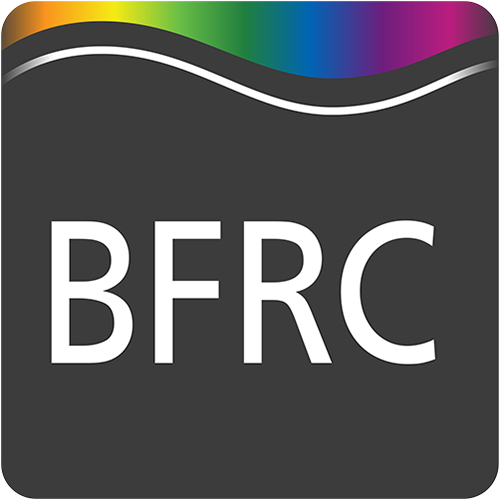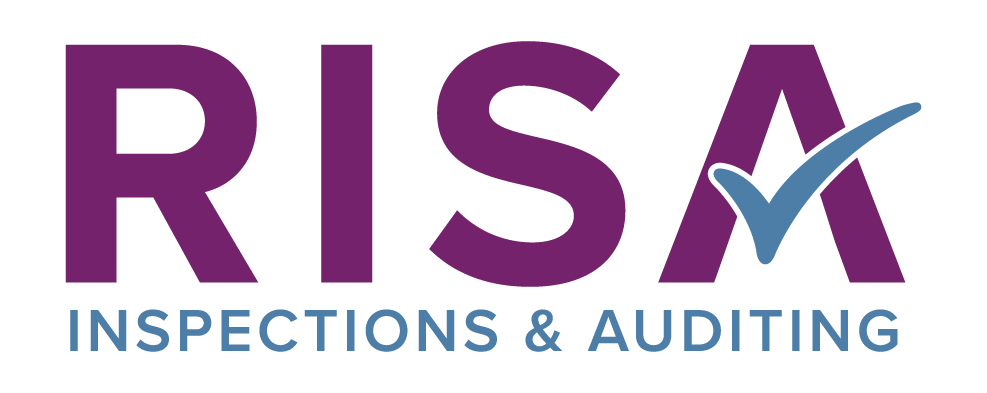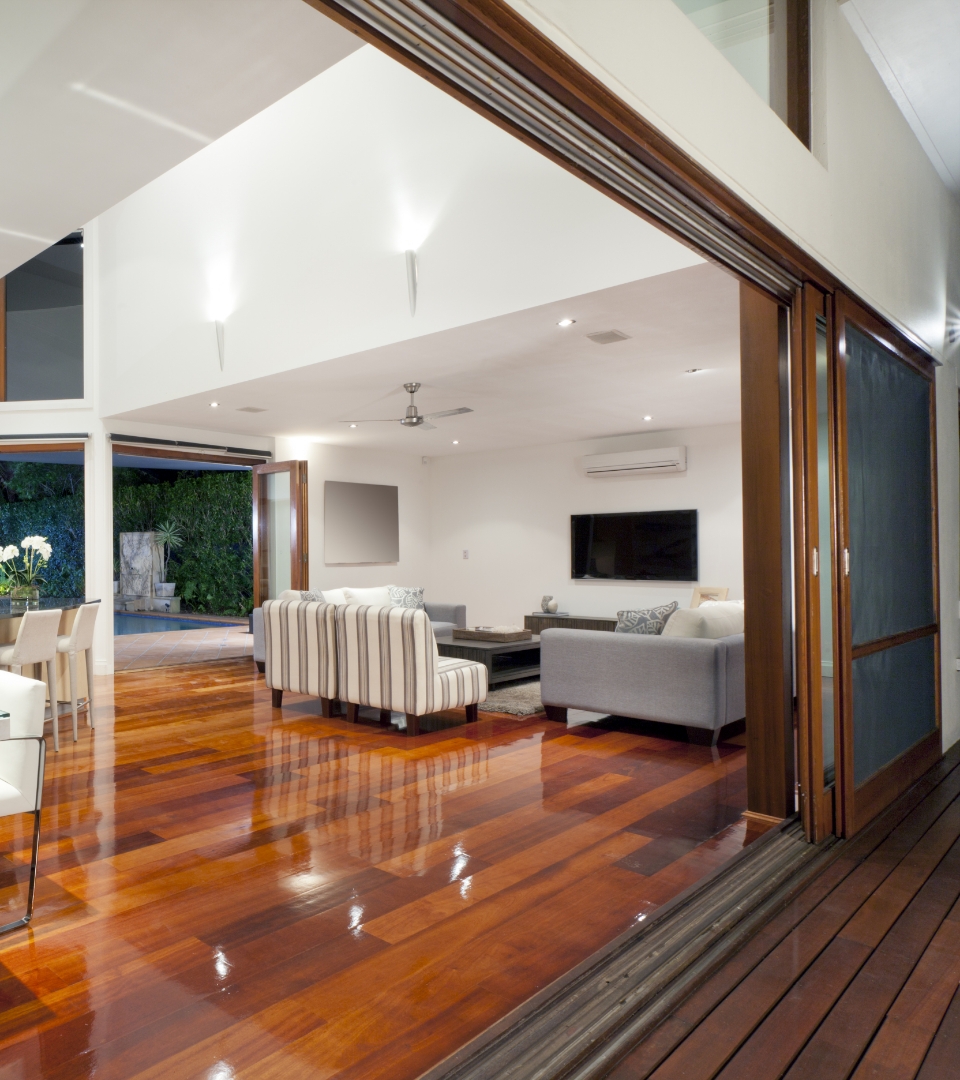Planning your conservatory
With a wide range of conservatory types available, careful thought and planning can help you decide on the one that fits best with your home and suits the needs of everyone who will be using it.
Once you’ve chosen a conservatory style, here are some more things to consider when planning your glazed home extension.
Size
When deciding on the size of your new conservatory, make sure you’ll have enough space to enjoy it. A handy tip is to mark out the planned dimensions in your living room so you can see how much furniture you’ll be able to fit.
Sunlight
How much direct sunlight will your conservatory receive and at what time of the day? This could have a bearing on your choice of building location and also interior design decisions.
The orientation of your conservatory may mean that certain specifications of glazing are more appropriate than others because of the impact of solar heat gain from the sun (see ‘Glazing’ below).
Materials – general
You can choose from a wide range of materials for your conservatory, not only for the frames but also in the glazing, the roof and any masonry.
Think about the mood and texture you want to achieve. Some people like the ‘outdoor’ feel with tiled floors, patio-type furniture and bare brick or stone for the house wall; others prefer an ‘indoor’ character with carpeting, soft furnishings and wall coverings.
Materials – frame
Aluminium, with thermal breaks for enhanced heat insulation, is a popular choice and is available in a range of colours and finishes.
PVC-U is the most popular frame material with its long life expectancy and minimal maintenance, especially as nowadays a range of wood grain-effect finishes combine the authentic look of wood with all the toughness of PVC-U.
Wood is the natural choice for people who insist on the real thing.
Glazing
Double glazing is a must nowadays to keep a conservatory comfortable all year round and by using low emissivity (Low-E) glass, it can cut heat loss even more.
If the conservatory is south or west facing it is advisable to consider the use of a modern solar control glass for the roof and side panels of the conservatory.
Solar control options range from ‘body tinted’ glass (where the colour in the glass absorbs heat from the sun) to ‘metallic coated’ glass products.
Modern metallic coated products have the advantage of being neutral in appearance, not obscuring views, while still reflecting the sun’s heat.
Roofing
There are two main choices of roofing – glass or polycarbonate.
Glass gives you a clear view through the roof – it can be supplied with solar control and self-cleaning coatings too. Laminated glass and safety filmed glass can add protection you from any falling debris on the roof glazing of your conservatory.
Polycarbonate creates a softer light effect in bright sun (however, it is slightly noisier in heavy rain or hail).
Ventilation
Ventilation is important. You need to be sure that your conservatory will let in fresh air and avoid condensation.
The internal environment can be carefully controlled with the correct specification of both materials and ventilation. Many roofs have built-in trickle ventilation and Building Regulations specify a certain area of opening windows per floor area.
Technological developments mean that you can have opening roof vents installed that can be thermostatically controlled with built-in rain sensors.
Sound control

Whether it be rain, music, lawn mower, traffic or aircraft noise, reducing the impact of environmental sound can enhance the enjoyment of your conservatory.
The use of laminated glass or enhanced acoustic insulation laminated glass can lessen the amount of noise transferring into or out of your conservatory.
In addition, laminated or acoustic laminated glasses have the extra benefit of reducing standard ultra-violet (UV) light transmission. This means sun bleaching of furniture or fittings is dramatically slowed.
Cleaning and maintenance
Consider what will be required to clean and maintain the glass throughout your conservatory.
Surface modified glass such as self-cleaning glass is available from many glazing companies and can reduce the need for cleaning the external window panes, particularly in difficult-to-reach roof areas.
Comfort and convenience
Comfort levels and environmental factors should be considered. You may wish to extend your home’s central heating, install a separate heater or go for an underfloor heating system, but remember careful specification, design of materials and the location of the conservatory itself can all lead to natural environmental control.
Similarly, you can have overhead wiring for lights built-in or simply a few wall sockets for a table lamp and other appliances.

 Emergency Glaziers
Emergency Glaziers GGF Shop
GGF Shop MyGlazing.com
MyGlazing.com Find a GGF Member
Find a GGF Member





